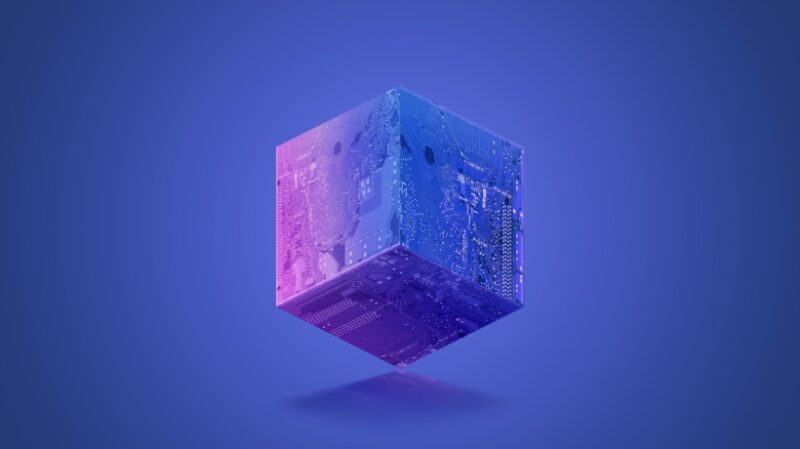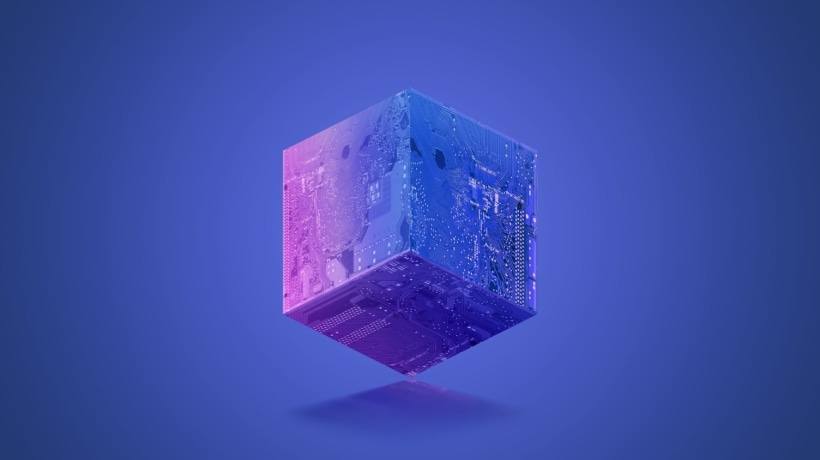
Blockchain development for education
Like other rapid growth technologies such as artificial intelligence (AI) and virtual reality (VR), blockchain also transforms the field of education. It brings new ideas and solutions from different fields, going far beyond money and cryptographic assets. The old method of verifying identification information, academic files and transcriptions has not been clear and made the development of education difficult. However, blockchain -based software developed by a reliable company development company for education can easily solve these problems.
The biggest advantage of blockchain is that it stores the information decentralized; Once the information is available, it cannot be changed, you can keep all traces, and everything goes in the open air. The improvements that the blockchain brings to the education sector can really open doors to people everywhere, no matter where they come from.
These features are certainly good because they can be used in several ways in education. Many public schools are now planning to use blockchain tools. If you work with schools, knowing that it may help you suggest ways to improve the system. This article will give you a clearer idea of the advantages of using blockchain development for education and the type of challenges.
Key use of blockchain in education
Blockchains are excellent because they can create unique digital objects that prove that your diplomas and certificates are legitimate. But it is not only a question of verifying the certificates; Blockchains can do many other things in different fields. Let's look at some examples of the real world:
1. Education financing
Financial accounting is very important in schools and blockchain technology can be used new ways in education. For example, blockchain can help manage teachers' salaries and student scholarships, making the entire subsidy funding system and more open and fair projects.
2.
It seems that the development of blockchain for education can finally solve some of the long -standing problems with our methods of holding files which have not always been the most reliable. Many school documents, such as diplomas and certificates which would normally force someone to check, can be automatically verified and stored safely using the blockchain. Once certain conditions are met, smart contracts on the blockchain can take over and approve documents instantly without anyone needing it manually.
This means that students can quickly access their files and easily share them with potential employers. In addition, it facilitates things for employers because they do not have to spend time performing tedious history to ensure that someone's qualifications are authentic. The right thing is that, regardless of the external problems that may arise, this information remains safe.
3. Electronic transcriptions
In addition to facilitating verification, the blockchain also opens the great possibility of digital transcriptions (e-transcripts). The creation of transcriptions is one of the longest and most high intensity of labor for schools around the world.
Currently, someone must manually check each note on a transcription to ensure that it is correct. This involves looking at each case separately and managing tons of high school documents in college. Believe it or not, most schools today use the old method to send transcriptions in both directions. However, the use of blockchain and similar technologies could really speed up these processes and help reduce fraudulent complaints for educational credits that people have not really won.
Blockchain in education can certainly do great things for schools, because it allows schools to store important information, such as students' individual notes, in a way that cannot be falsified. This not only helps schools, but also facilitates recruiters and endowment companies to control people.
4. Decentralization of the institution
Because blockchain has so much potential, it could become much more than a tool for universities. It could actually create a new way of working. Using smart contracts to automatically manage agreements and payments between students and teachers, this technology can support online courses. This means that students can obtain more affordable tuition fees and reliable service. In addition, automation relieves teachers from many administrative tasks, protects the information from teachers and pirate students using blockchain safety and reduces administrative costs by eliminating the role of intermediaries.
5. Copyright protection
Plagiarism is really a big problem in the world of education. When someone copies or steals a research document, it means that a hard work life is wasted. Even the theft of parts of an assignment can cause bad grades. However, blockchain -based solutions could help govern the way the content protected by copyright is shared online.
The main idea is that this technology can store data safely in a kind of chain. Once it is there, you cannot change it because it is protected by serious encryption. This means that students can safely access learning equipment. The owner of the content can easily control who sees it because how it is used is also followed in the chain. You can see online that uses it and prove who has it becomes very simple.
Challenges of the adoption of blockchain technology in education
Although the blockchain has many good aspects, it can be difficult to convince people to really use it. Some teachers and students are a little uncertain to adopt this new technology, perhaps because they are concerned about the way it really works, for example if it is sure and how it will cost. Let's take a look at some of the challenges they have to face:
Safety problems
We all know that blockchain is considered extremely secure; It is not completely sure. Money and education are two completely different things, so safety rules must be appropriate for both. As vulnerable as the blockchain currency can sometimes be, the same technology may not be effective in keeping information on education.
Students' files and qualifications are sensitive elements and must be stored in accordance with the laws of state and national confidentiality. Therefore, it is very important that schools are very careful with this information and how they store it. They should probably add additional security steps, such as the definition of authorizations and the use of the encryption of the stronger data, to be even more secure.
Evolutionary concerns
The amount of students' data and the number of certificates are increasing constantly. It is difficult for schools to increase blockchain capacities as their needs increases. It's like shopping online: the more information there is, the more added blocks, which can slow down the blockchain. In addition, make everyone check things that can ensure that the whole process takes more time.
Low adoption rate
For the moment, the good thing about the blockchain in education is that it helps a small group of students, mainly those who obtain their diploma, and can store their achievements and their rewards. Schools wishing to use blockchain technology to facilitate hiring will have to invest themselves. This will mean additional costs for businesses, which may not make sense or even worth it for some.
Cost
The management of large -scale blockchain is a major company, even if it will ultimately save money on administrative responsibilities in education. It will be quite expensive, of course. Although some schools can find it difficult to spend such a large amount of money, others may have trouble implementing blockchain, as it would mean making many changes to their current systems. Essentially, the complete digital transformation of blockchain in education will require a massive initial investment that could frighten schools to use it.
Conclusion
Blockchain technology has become a real game changer transforming education everywhere. By making the educational processes more secure and open, the blockchain will change our way of teaching and learning and ensuring that our diplomas and certifications are real. Automation of administrative tasks to help us learn throughout our lives and to prove the validity of certificates, blockchain opens a ton of new possibilities for schools and students. So, to see what the blockchain can do for education, it is important to engage with new ideas, to work together and to be flexible. In this way, we can make the most of this new fantastic technology.


